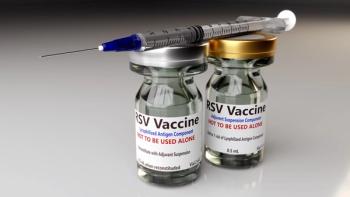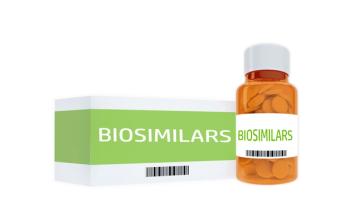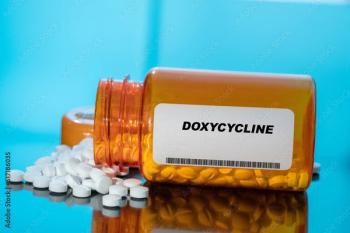
Recognizing that culture is a multifaceted concept can lead to more careful and thoughtful use of the term.

Recognizing that culture is a multifaceted concept can lead to more careful and thoughtful use of the term.

Stress may have more of an effect on migraines than COVID-19 infection or vaccination.

Tune in to this episode of Pharmacy Focus for a deep dive into the world of independent pharmacists prescribing, featuring insights and expertise from Deeb Eid.

To develop the next generation of pharmacy leaders, pharmacists should receive effective training from the beginning of their careers.

Pharmacists' expertise is crucial in educating patients about regulatory changes, helping them navigate alternative formulations, and providing insights into evidence-based choices.

Pharmacists in community and retail practices are stepping out from behind the counter and becoming more involved in patient care.

The report allows management to provide guaranteed assessments throughout the screenings that could aid early detection, diagnosis, and lung cancer treatment.

If vaccination coverage was increased by 100%, outpatient care could be reduced by 81.2%, hospitalizations by 91.7%, and deaths by 91.3%.

Malignant hyperthermia can result in a rare anesthetic emergency and can be fatal.

Those who were exposed to the clinically acquired stomach bacteria had a 24% increased risk of Alzheimer disease after a decade of onset.

Nearly 75% of patients who had an initial complete response with mosunetuzumab maintained that complete response after 3 years.

Conclusions could not be made regarding whether lower risk was associated with improvement in heart failure or if the success of optimal medications led to better clinical outcomes.

In-hospital mortality and the Medicare Bundled Payments for Care Improvement (BPCI) model are not associated with changes in odds for Black individuals or female individuals.

Investigators optimized the assay during development and qualification to be used in the clinical setting for pneumococcal conjugate vaccines.

Although machine learning models demonstrate potential to improve early detection of Alzheimer disease, sample sizes that underrepresent ethnic and racial groups result in unfairness.

Findings may translate to a safe intervention for older women at risk of osteoporosis.

The prospective observational study assessed a 2-year increasing lung cancer diagnosis risk, lung cancer characteristics, and the overall survival between LNP and LDCT screening.

Eliminating certain factors within the GRN resulted in the network shutting down, potentially leading to cancer cell death due to an inability to replicate, according to the study authors.

New CAR T development method infuses immune T cells from healthy people into patients to improve outcomes.

Genetic risk, pertaining to sodium and potassium pathways, could help tailor interventions specifically to patients for the management of hypertension.

Adalimumab-aqvh (Yusimry; Coherus Biosciences) entered the market in July 2023, following approval by the FDA in December 2021.

The risk of poor cognitive performance was nearly double in participants who had the greatest number of sleep disturbances compared to the least.

This study showed the importance of a multidisciplinary team’s expertise to investigate a clinical inquiry beyond the scope of the clinicians’ skillset and their access to necessary technology.

However, cognitive performance was not significantly worse than patients hospitalized for other conditions of a similar severity.

Perhaps ashwagandha may aid in stress management, athletic performance, and sleep, but this effect is far from definitive.

Gepirone does not induce sexual dysfunction, a common limitation associated with SSRIs.

The efficacy of biologics suggests a potential for biologic-based treatment for patients with asthma-chronic obstructive pulmonary disease overlap.

The results have been highly anticipated, following other studies showing that doxycycline increased protection against sexually transmitted infections for cisgender men and transgender women.

The pattern for the diminished learning curve, associated with elevated amyloid levels, was consistent across 3 memory tasks, with strongest results for recalling digit-signs and groceries prices.

There was no statistically significant difference between Lovenox (Sanofi–Aventis Pharmaceuticals, France) and biosimilar enoxaparin in the occurrence of post-operative thrombosis for digestive cancer.